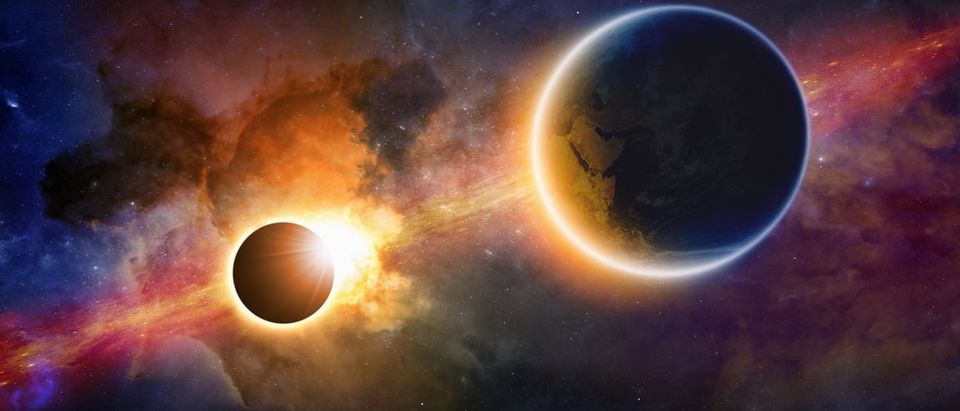European astronomers announced Wednesday the discovery of a potentially habitable “second Earth,” dubbed “Proxima b,” orbiting the star closest to our sun.
The planet is extremely close to its star, meaning a year there only lasts 11.2 days, and the star it orbits is seven times smaller than the sun because of Proxima Centauri. “Proxima b” probably has an average surface temperature of around minus 40 degrees Fahrenheit, and liquid water could exist in places on the planet.
“It’s so inspiring, it’s our closest star,” Lisa Kaltenegger, a Cornell astronomer who wasn’t involved in the new study, told The Washington Post. “A planet next door. How much more inspiring can it get?”
“Proxima b” is likely tidally locked, meaning one side of the planet constantly faces the star, while the other side is always dark. The new world has a minimum mass 1.3 times that of Earth’s and is likely rocky. Proxima Centauri, however, is a more active star than our sun, bombarding “Proxima b” with lots of radiation. Despite this, “Proxima b” could have developed alien life.
Although the new planet is by far the closest potentially habitable exoplanet to our solar system, it would still take more than 1,000 years to arrive using today best rocketry developed, according to Universe Today.
Scientists discovered “Proxima b” with the High Accuracy Radial velocity Planet Searcher, and found a slight “wobble” of gravity tugging on the star Poxima Centauri. This means scientists don’t currently know if the planet has an atmosphere, possesses a magnetosphere or has liquid water. These details will probably be determined by future observations.
This new discovery is further proof that most stars in the galaxy probably harbor planets.
Before the new discovery, the three nearest planets potentially habitable to Earth were 39.13 light-yeras away, according to a study published in May. The three planets are in orbit around a star known as TRAPPIST-1 and are “currently the best place to search for life beyond the solar system,” in the star’s “Goldilocks Zone.”
NASA announced in May that the Kepler Space Telescope found and verified 1,284 new exoplanets, or planets outside our solar system. Roughly 550 of the new exoplanets could be rocky planets like Earth based on their size. Nine of these exoplanets orbit in their stars’ “Goldilocks Zones,” and are therefore potentially habitable.
WATCH:
Send tips to andrew@
All content created by the Daily Caller News Foundation, an independent and nonpartisan newswire service, is available without charge to any legitimate news publisher that can provide a large audience. All republished articles must include our logo, our reporter’s byline and their DCNF affiliation. For any questions about our guidelines or partnering with us, please contact licensing@dailycallernewsfoundation.org.


